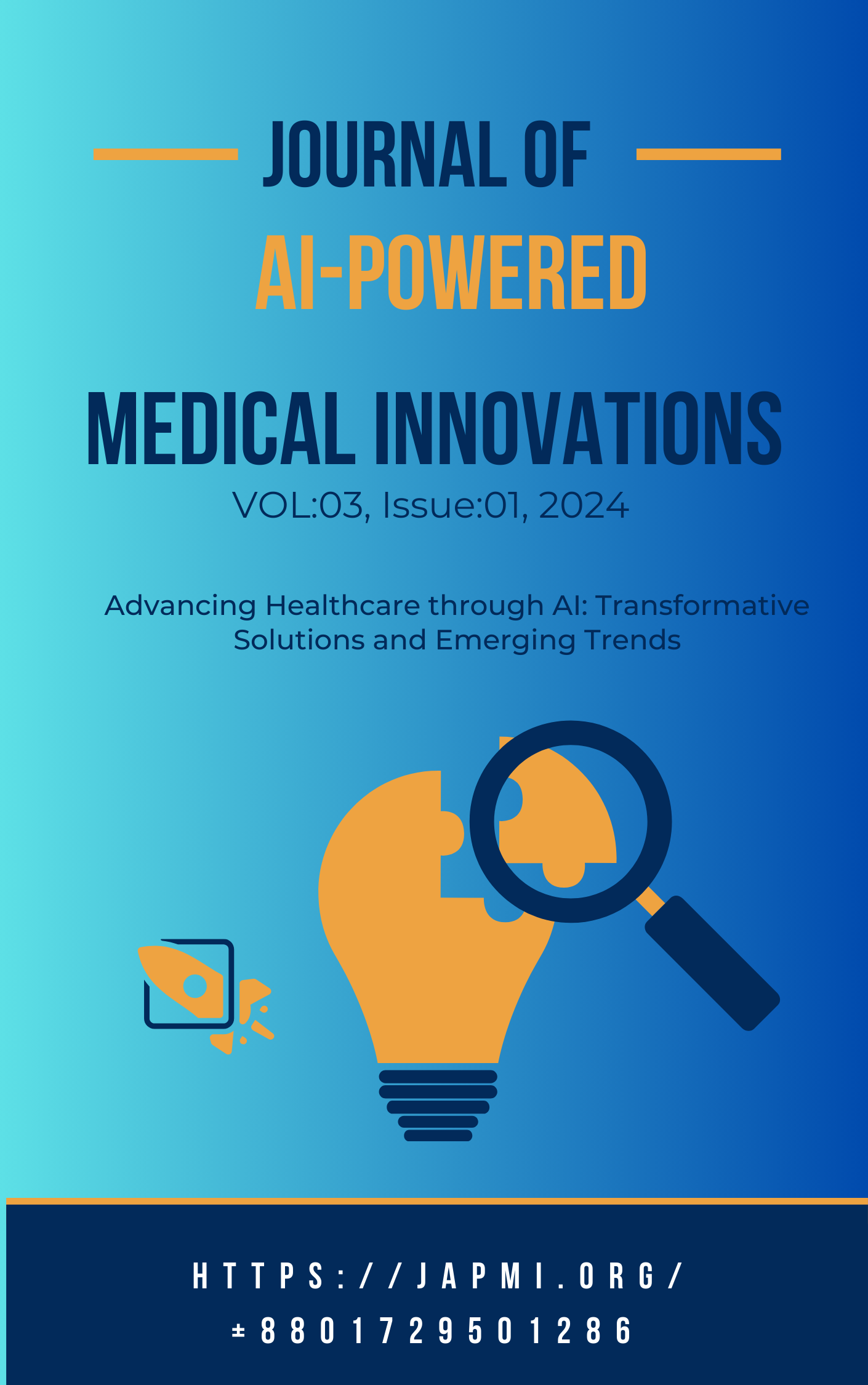Dental anxiety as a hidden access barrier: prevalence, sociodemographic predictors, and service-utilization effects
DOI:
https://doi.org/10.60087/Japmi.Vol.03.Issue.01.Id.012Abstract
Another major, yet significantly under-acknowledged cause of lower utilization of oral healthcare services is dental anxiety. Although there has been increased dental technology coupled with the focus on the patient, fear and anxiety are playing a role in ensuring that individuals do not get timely treatment resulting in the worsening of the oral health condition. This paper will cover the commonality of dental phobia, its sociodemographic predictors, as well as the effects of dental phobia on patterns of service uptake, especially in vulnerable groups. This study relies on a multidisciplinary literature review, thus showing how the age, gender, socioeconomic status, previous trauma, and mental health stigma augment the effects of dental fear. The article claims an oral health structural barrier is the hidden element of dental anxiety that transpires into greater oral health disparity by synthesizing international and regional data, especially with low- and middle-income situations. The results promote a universal culturally competent, and trauma-sensitive system of dental medicine, based on the trust in advance of screening and anxiety-reduction methods. Finally, the problem of dental anxiety is important not only to enhance oral health outcomes but to create equity in access to basic health services.

